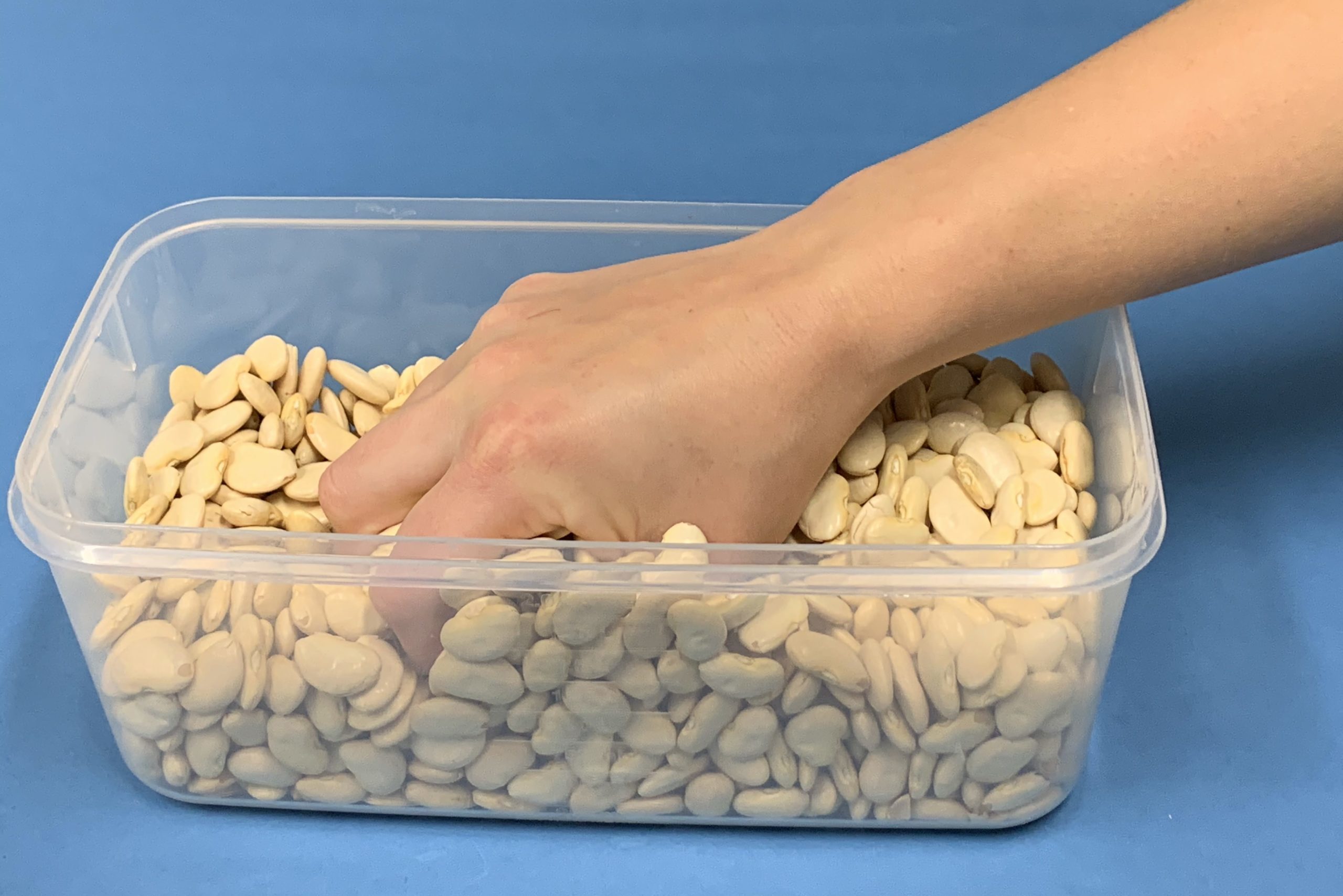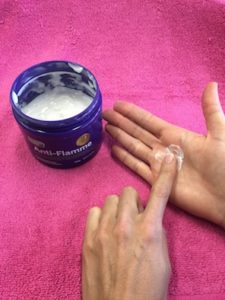
Hypersensitive scars can be painful and limit normal functional use of the hand. They can result in the need to posture awkwardly to avoid touch.
What causes hypersensitivity?
Scars caused by surgery or trauma may become hypersensitive after periods of protection and immobility.
Symptoms
You may be reluctant to touch or move the body part that is affected. This can result in joint stiffness and adhesion of scar tissue to underlying structures.
How is hypersensitivity treated:
Depending on the severity of your symptoms, your treatment may include:
Massage
- Use moisturising cream to rub on and around the sensitive and scarred area
- Apply pressure with thumb/fingers or vibrating massager
- Gradually increase the pressure as the area becomes less sensitive
- Repeat for 2-5 minutes, 3 times a day


Texture Massage
- Find items around the home (such as rough towel, toothbrush, jeans/clothes, carpet etc) and arrange in order of sensitivity
- Begin with the least sensitive and rub the texture over the area for 2-5 minutes, 3 times a day
- Gradually work your way towards the least to most irritating texture, only moving onto the next texture when one is longer irritating

Immersion and Sensory Retraining
- Choose a number of dry ingredients and put into containers. Arrange them in order of least to most irritating when the sensitive area is immersed in them
- Begin with the least irritating, bury the sensitive part and make small stirring movements, changing direction and speed
- Repeat 2-5 minutes, 3 times a day
- Gradually work your way from the least to most irritating, only move on to the next one when one is no longer irritating
- Hide objects in rice/other dry ingredient. Try to find the objects and work out what they are using only the sensitive/numb area. Do this with your eyes closed.


Your therapist will determine the most appropriate modalities to use to assist in desensitising your hypersensitive scar. The goal is always to both give you relief from any pain and discomfort, create optimal conditions for the tissues to recover, and then teach you how to put the right measures in place to reduce the likelihood of your condition recurring.
